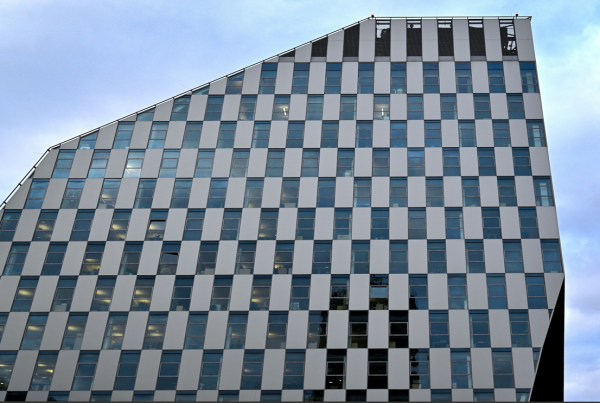On and off, too, SFI has variously dealt in greenwashing (ad campaigns here, letter of appeals there, more PR’s over there). And because apparently mere peaceable wooing wasn’t enough, SFI has resorted to launching smear attacks on FSC. And the biggest loser in this long-standing FSC SFI debate: the environment.
SFI’s president Kathy Abusow maintains that majority of FSC’s certified forests are outside the U.S., compared to SFI’s commendable 100{e3829ec1db02d54faaf9fa2de0d48db26af01d7a7944a63c3b26976124791cab} of certified forests being homegrown.
This is SFI’s main argument against FSC as well as against USGBC LEED: by excluding homegrown wood products in favor of FSC’s overseas timbers, LEED is “hurting the economy and killing jobs.”
SFI is now backed by U.S. Senator Roger Wicker and Maine Governor Paul LePage, and quite recently Georgia Governor Nathan Deal, who in their respective offices have exercised their power by signing Executive Orders, etc, promoting the use of home-grown wood products—good news for SFI.
The green building community isn’t celebrating though. Instead it fears that more of this side-taking and power-wielding will happen, which will lead to LEED being banned and supplanted, and ultimately diluting the strict standards that LEED has optimistically set for true sustainability. Treehugger.com columnist and pro-FSC Lloyd Alter is one of the vocal critics of SFI. In this February 24 post, he concludes his article, LEED-Bashing: SFI Couldn’t Join LEED, So Now It Is Out To Destroy It with this:
“The issue is a lot bigger than SFI vs FSC and a stupid single point in LEED; it is a question of the surviva
l of the green building movement, as it is rolled back by Republicans in Congress and by anti-green Tea Party controlled State governments.
Indeed, we have to do more than that; we have to start actively pushing back against SFI. It is no longer just another standard for certification; it is now actively working to gut green building. I have no great love for LEED, but this is hurting the entire industry. If you care about green building, then you shouldn’t buy SFI.”

SFI: Getting support from politicians, still losing votes from LEED and the green building community
On one hand, SFI has a good point in promoting U.S. homegrown forests, considering the carbon footprint of importing FSC-certified wood from overseas forests.
But FSC is managing forests in other countries for a good reason as well: by setting up strict standards in sustainable forestry, FSC is not just protecting these countries’ natural resources and biodiversity; it’s also teaching and guiding them by example—something which those countries’ own respective governments could have done a long time ago. In 2009, 81 countries have FSC-certified forests, thanks to FSC’s well-meaning meddling.
In Third World nations where the environment understandably takes a backseat to more pressing issues like poverty and lack of education, it’s nice to know that FSC has taken the initiative to meddle—no, let’s use intervene—on how to responsibly and sustainably use their forests. What usually happens in Third World countries, or in general, countries with little clue on how to manage their forest is a crude stab at damage control.
In the Philippines for example, confiscated lumber from illegal loggers are made into chairs and desks and then distributed to public schools in the area. A good enough effort, but that is, if the illegal loggers are detected and arrested in the first place. If rigorous wood certification programs were in place, damage controls would be unnecessary; each logging activity is accounted for and done only in permitted areas.
For that, SFI has to do some honest soul-searching in revising its standards and practices. And USGBC could use a bit of deliberating as well, not to compromise or to relax its standards, but to find a nice workaround, a solution amidst this messy thicket.
Now that the upcoming LEED v4 has once again excluded SFI for the third time, the war cries from both sides are getting louder. But at least you know now exactly which side to hear. As consumers we can only wait as the whole thing plays out, but we can also wield our own power with the choices we make in wood products.
As Richard Brooks of Greenpeace puts it, our choices “will have a ripple effect back to the forest.”












SFI is greenwash.